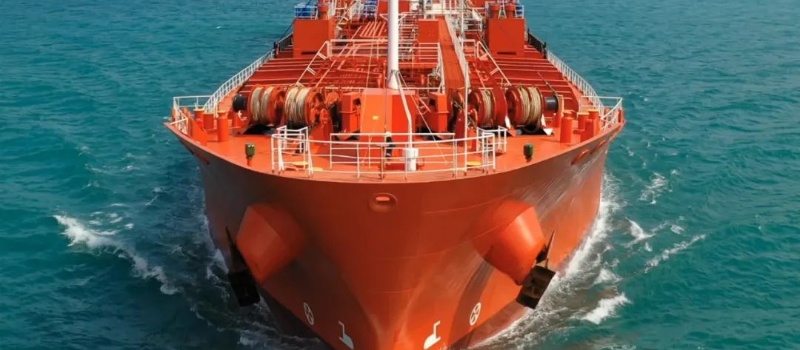Home>News
Tariff surge:spunlace industry breakthrough strategy-Updated March 27, 2025
- 2025-03-27
With the implementation of the US policy of imposing a cumulative 20% tariff on Chinese goods, the spunlace nonwovens industry faces challenges such as a surge in export costs and loss of international orders. As a core supplier in the field of medical and sanitary materials and high-end wiping, companies urgently need to resolve the crisis through strategic transformation + supply chain reconstruction. Based on industry trends and practical experience, this article provides you with a feasible solution.
Industry pain under the impact of tariffs: identify the four core pain points
1. Survival crisis of low value-added products
Traditional spunlace fabrics have low technical barriers and serious homogeneity, and their profit margins have fallen below 5% under the squeeze of 20% tariffs. American customers turned to alternative suppliers such as Vietnam and Mexico, resulting in a sharp drop of 30% in orders from domestic small and medium-sized manufacturers.
2. Sharp fluctuations in raw material costs
Core raw materials such as polypropylene are affected by international oil prices. The price fluctuation range in Q1 2025 reached 25%, and the combined tariff costs led to an 18% year-on-year increase in the overall cost of enterprises.
3. Environmental compliance pressure escalates
The US FDA has added the "Environmental Access Standard for Medical Nonwovens", requiring the product biodegradability rate to be ≥60%. Traditional petroleum-based fibers are facing the risk of elimination, and the technical transformation investment exceeds 5 million yuan/production line.
4. Imbalance between logistics timeliness and cost
The congestion of ports in the western United States has extended the shipping cycle to 45 days, the cost of overseas warehouse inventory has increased by 40%, and the capital turnover pressure of small and medium-sized customers has increased sharply.
Five strategies for the spunlace industry to break the deadlock
1. Supply chain reconstruction: building a near-shore flexible network
Capacity transfer: set up joint venture factories in Monterrey, Mexico and Haiphong, Vietnam, and use the "US-Mexico-Canada Agreement" and "RCEP" to achieve zero tariff direct supply to the United States, reducing terminal prices by 15-20%.
Distributed warehousing: Establish dual central warehouses in the East Coast of the United States (New Jersey) and the South Coast of the United States (Texas), support customers' "consolidation of cabinets into warehouses + on-demand distribution", and increase inventory turnover by 30%.
2. Product upgrade: Seize the high value-added track
Develop tariff exemption categories:
Medical-grade PLA bio-based spunlace fabric (HS code 560392), compliant with FDA 510(k) certification, enjoy 0% basic tax rate.
Industrial aramid composite spunlace fabric (HS code 560394), suitable for new energy battery insulation, exemption list
Functional innovation:
Implanted with antibacterial silver ions (antibacterial rate ≥ 99.9%), phase change thermostatic fiber (temperature difference adaptation -20℃~50℃), premium space up to 50%
3. Technology cost reduction: intelligent + green dual-line upgrade
Equipment transformation: Introducing the German Truetzschler high-speed spunlace line (600m/min), unit energy consumption reduced by 22%
Process innovation:
Waste pulp recycling system: wood pulp recycling rate increased from 65% to 90%, raw material cost saved by 12%
Waterless dyeing technology: Through the nanofiber self-coloring process, reduce sewage discharge by 80%
4. Market diversification: tapping into emerging incremental space
European medical packaging materials: EPP antibacterial spunlace fabrics that comply with EU MDR regulations, suitable for medical device giants such as Germany's B. Braun and Switzerland's Roche
Middle East medical materials OEM: jointly build a localized factory with Saudi Arabia's sovereign fund to supply HALAL-certified wet wipes substrates
Domestic consumption upgrade: develop ultra-soft graphene mask cloth (weight 18g/㎡), zero-added baby cotton wipes, with a gross profit margin of over 35%
Enterprise empowerment program: from supplier to strategic partner
For your core needs, Soonercleaning can provide three customized services:
1. Tariff optimization solution
HTS coding diagnosis: assist in accurate classification of products and explore 30+ exempt subcategories
Transit trade route: transit through Malaysia's Port Klang and Turkey's Izmir to avoid 20% tariffs in compliance
2. Joint R&D plan
Material laboratory sharing: develop 54 new raw material libraries such as bio-based PLA and seaweed fiber, and support customers' 7-day samples
Patent cross-licensing: Provide customers with 16 technical supports to help customers pass UL and ISO13485 certifications
3. Supply chain financial support
Forward price lock: Lock 3-6 months of raw material futures prices for customers to avoid 5% volatility risk
Shipping support: Deeply cooperate with professional shipping companies to save freight for customers
The tariff storm has accelerated the reshuffle of the industry. Soonercleaning has achieved a leap from "cost-driven" to "value output" through the construction of technical barriers + supply chain layout. You can now get a free sample of wet-laid spunlace non-woven fabrics in 2025. Click www.soonercleaning.com to get customized solutions immediately.



